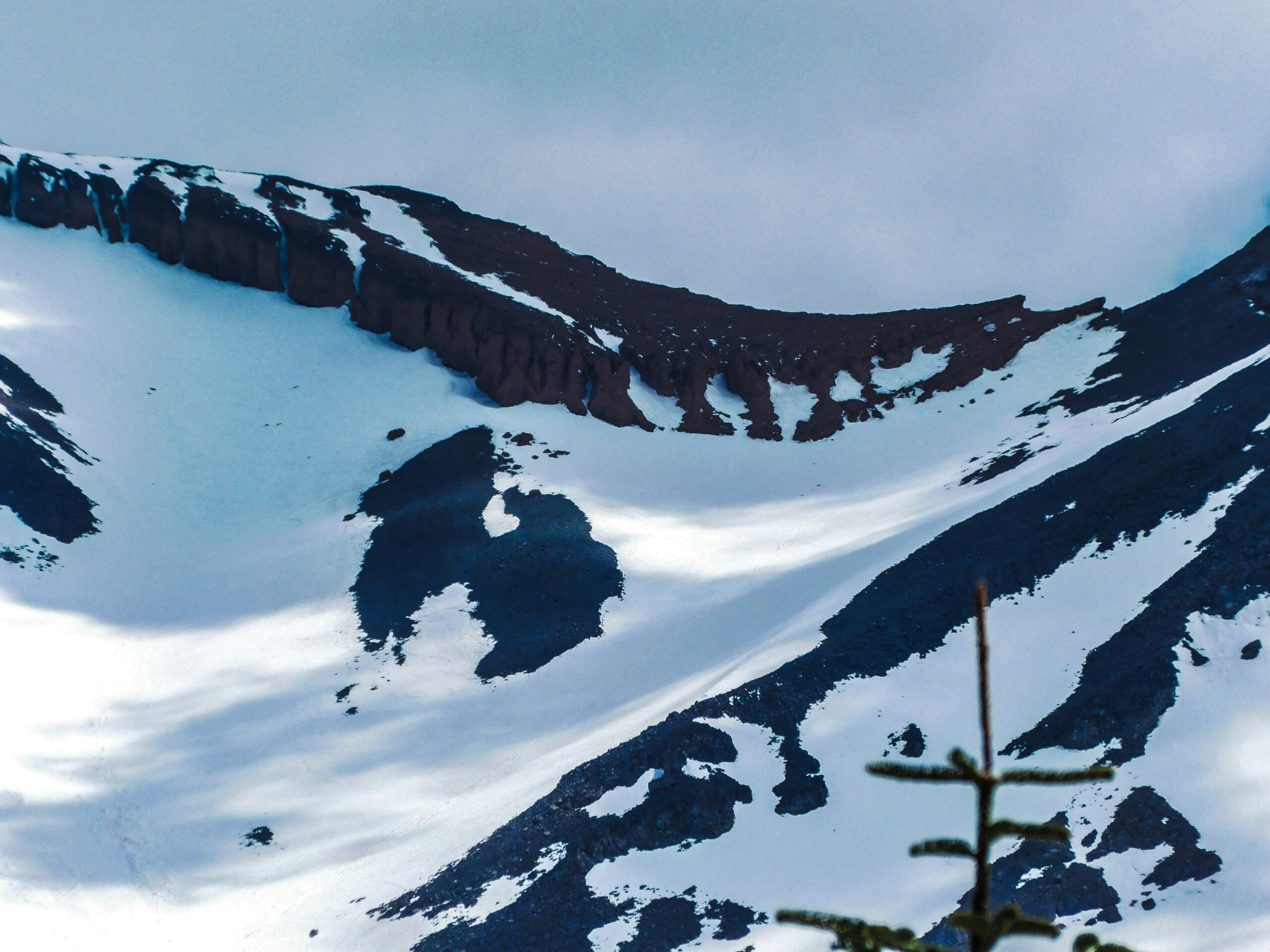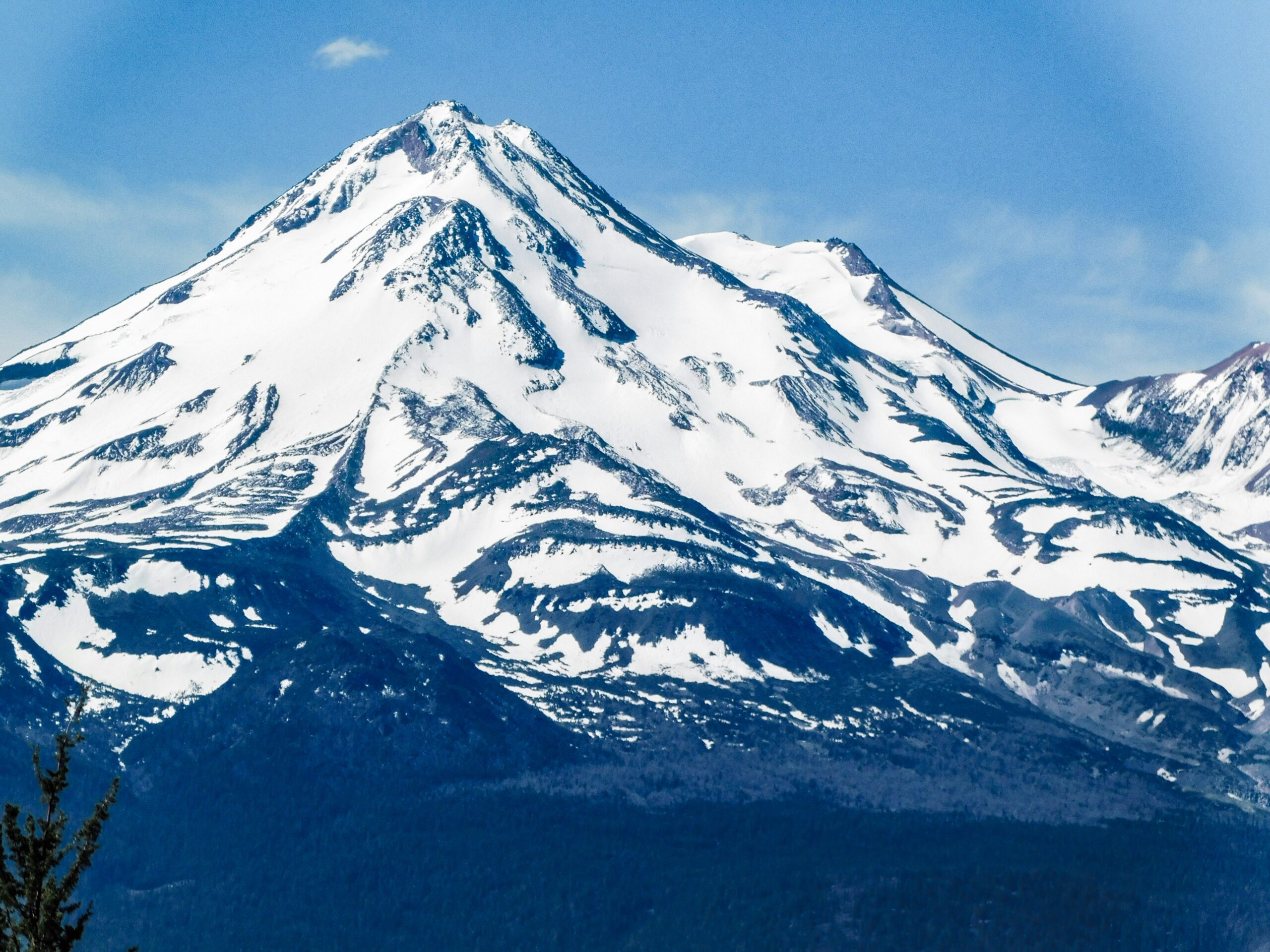Have you ever wondered about the rich history hidden within the city of Mount Shasta? If so, you can embark on a fascinating self-guided walking tour that will allow you to uncover the layers of history and charming stories that make this location unique. You can discover everything from ancient traditions to modern changes, all while strolling through some of the most scenic spots.
The Historical Significance of Mount Shasta
Mount Shasta is not only a prominent geological feature but also a cultural and historical beacon. Nestled in the Cascade Range, it has drawn the attention of diverse groups ranging from indigenous tribes to modern-day explorers.
Indigenous Heritage
Before any settlers arrived, the land around Mount Shasta was home to indigenous tribes such as the Shasta, Karuk, and Modoc people. They considered the mountain sacred, a place inhabited by spirits and powerful energies. As you walk through the area, you may find references to these ancient traditions and beliefs that give the place a deep-seated historical richness.
European Settlers
In the mid-1800s, European settlers began to explore and establish themselves around Mount Shasta. Gold rushes and the subsequent railroad expansions played significant roles in bringing people to the region. These settlers brought with them new ways of life, changing the landscape and its social fabric forever.
Starting Your Self-Guided Tour
A self-guided tour allows you to take in the sights at your own pace. Let’s break down this walking tour into manageable sections to ensure you won’t miss any key historic elements.
Downtown Mount Shasta
Your journey can start in the heart of downtown Mount Shasta. This area is a treasure trove of historical architecture and offers a glimpse into the past.
Historic Buildings
Downtown Mount Shasta is home to numerous buildings that have stood the test of time. Some notable structures include:
| Building Name | Year Established | Significance |
|---|---|---|
| Sisson Museum | 1928 | Originally a fish hatchery, now a local museum |
| Mount Shasta Hotel | 1900 | One of the oldest hotels in the area |
| Liberty Theater | 1924 | Early 20th-century entertainment hub |
As you walk by these buildings, consider how they have served the community throughout the years, evolving to meet the needs of each generation.
Local Shops & Eateries
While soaking in the history, take a moment to relax at one of the local coffee shops or diners. These establishments often have their own stories to tell, sometimes dating back several generations.
Mount Shasta City Park
Your next stop could be the Mount Shasta City Park. It's not just a recreational area but also a place of historical interest.
The Big Springs
The Big Springs at the City Park are a natural wonder that has been central to the community for centuries. Known for its cool, clear water, the springs were considered holy by Native Americans and later became a favorite spot for settlers.
The Railroad Connection
Mount Shasta's history is intricately connected to the railroad. The completion of the Central Pacific Railroad line was a pivotal moment, transforming Mount Shasta into a transport hub.
Historic Railroad Stations
Many old railroad stations and related structures still stand and serve as a testament to this era. Walking through these areas offers an insightful look into how railroads impacted community growth and economic development.
| Station Name | Year Built | Current Status |
|---|---|---|
| Dunsmuir Rail Depot | 1887 | Now a museum and cultural center |
| Black Butte Signal Tower | 1900's | Historical landmark, no longer in operation |
Sacred Spaces and Spiritual Significance
Mount Shasta is also known for its mystical allure, attracting spiritual seekers from around the world.
Saint Germain Foundation and the I AM Movement
Founded in the early 1930s, the Saint Germain Foundation is one of the spiritual organizations that consider Mount Shasta a sacred place. You can visit their temple to learn more about their beliefs and practices.
Telos and Lemurian Legends
As you walk, you might notice references to Telos, an alleged ancient underground city beneath Mount Shasta, inhabited by survivors from the lost continent of Lemuria. Whether you believe in these legends or not, they add a fascinating layer to Mount Shasta’s story.

Points of Natural Beauty
The area is not only rich in history but also in natural beauty. Walking trails often lead to breathtaking viewpoints, offering a different kind of historical understanding—one that connects you with the same natural landscapes that people have appreciated for centuries.
Castle Lake
This beautiful alpine lake is an easy drive from Mount Shasta and can be part of your extended walking tour. Traditionally used by Native American tribes, it also played roles in local pioneering history.
Shasta-Trinity National Forest
As you navigate through Mount Shasta, don’t forget to consider a detour through the Shasta-Trinity National Forest. It’s a living history book, showcasing the flora and fauna that have been part of this landscape for eons.
Bringing History to Life
One of the best ways to make history come alive is through storytelling. While walking, consider downloading an audio guide or even an app that brings narratives to your journey. Alternatively, relying on local tour booklets available at visitor centers can enhance your experience.
Local Legends
Every town has its legends, and Mount Shasta is no exception. Local folklore often intersects with documented history, so keep your ears open for tales of mystery, adventure, and sometimes, the supernatural.
Personal Stories and Contributions
Don’t forget that history is made by people. You may come across plaques or small monuments dedicated to local heroes, community leaders, and other notable individuals. These personal stories add a layer of intimacy and depth to your understanding of Mount Shasta’s history.

Practical Tips for Your Tour
To ensure you get the most out of your historical walking tour, some practical advice can go a long way.
What to Wear
Mount Shasta’s weather can be unpredictable, so dressing in layers is advisable. Comfortable walking shoes are also a must, given the varied terrain you’ll cover.
Staying Hydrated
Given the semi-mountainous terrain and possibly long distances, carrying a water bottle is essential. The Big Springs are a natural water source, but it’s always good to come prepared.
Use Modern Tools
Leveraging technology can greatly enhance your experience. Apps that provide augmented reality features can show you what certain areas looked like in the past, adding a unique layer to your tour.
Conclusion: An Enriching Experience
Exploring Mount Shasta’s rich history on a self-guided walking tour is more than just a stroll; it’s a journey through time. From indigenous tribes to railroad pioneers and spiritual seekers, each step reveals another chapter of this fascinating locale. You’ll leave with not just photographs, but stories and insights that deepen your appreciation of Mount Shasta’s unique historical landscape. So, lace up your shoes and get ready to become a part of this ongoing story.

